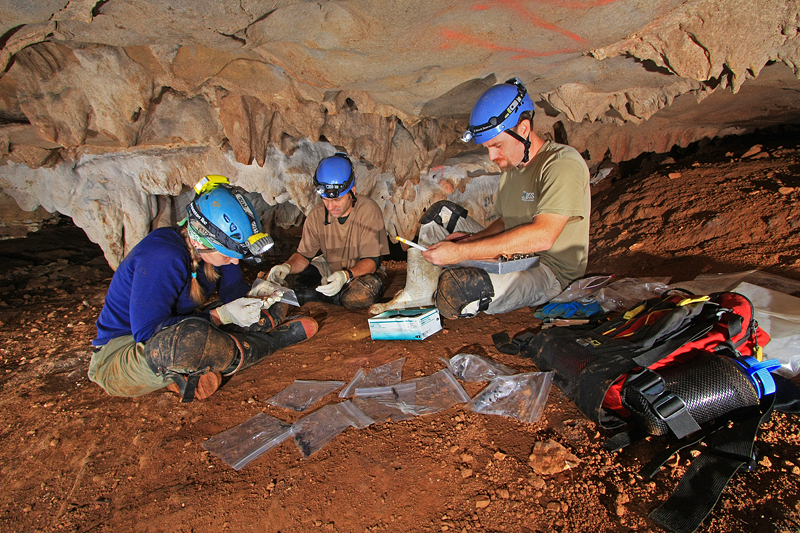Disease
ARMI conducts original research on various amphibian diseases in the lab and field. Our research has included estimating the impacts of diseases on the growth of populations, developing and testing potential treatments, affects of stressors on susceptibility to disease, how diseases are transmitted in the wild, and how to model disease distributions and spread.
ARMI disease research is conducted throughout the country, but disease ecologist Daniel Grear is based at the National Wildlife Health Center in Madison, Wisconsin, and coordinates the health screenings and investigations of amphibian mortalities (e.g., identification, pathology) in addition to collaborating on many disease research projects.
Amphibians at our long-term monitoring sites are periodically screened for diseases and we investigate mass mortality events.
Resources
Disease - ARMI Papers & Reports
Papers & Reports Preparing for a Bsal invasion into North America has improved multi-sector readiness
Papers & Reports Chytrid infections exhibit historical spread and contemporary seasonality in a declining stream-breeding frog
Papers & Reports Amphibian Diversity of the Colorado Canyonlands including Potential Threats from Non-native Bullfrogs and Disease
View All Data Releases on Disease
* PDF documents require Adobe Reader or Google Chrome Browser for viewing.

